In the Digital Planning Continuous Funding Model, funding is not limited to specific time-bound rounds or dates; the model aims to complement the delivery pace of individual projects to support project momentum and the cohesion of project teams.
Only existing projects are eligible for further funding via the continuous funding process. Existing project teams are invited to submit a proposal for further funding once they have completed a delivery phase, and have met the measures of progress established by the project team and Ministry of Housing, Communities and Local Government (MHCLG).
Funding will be made via Section 31 of the Local Government Act 2003. If there are joint projects, funding will be to the lead local authority. Projects must work with their MHCLG contact to establish realistic but ambitious measures of progress (guided by ‘SMART’ criteria as much as possible), ideally at the start of a delivery phase. These measures will inform when one phase is considered to be complete and therefore when a project is ready to advance to the next delivery phase.
if a project cannot evidence the necessary progress, it will not be considered further funding. Mitigating circumstances will be taken into account when making this decision.
If considered ready to advance, the collaborative project will be formally invited to submit a detailed project proposal for further funding. The project proposal will be reviewed alongside outputs from previous delivery phases. The MHCLG team will raise any objections or issues that need clarifying.
If the project proposal is accepted, representatives of the project team will be invited to interview to elaborate on their plans. The final decision to award funds will be made after the interview.
At the proposal review stage the outputs from the previous project phase and the proposal for the forthcoming project phase will be assessed together to determine whether further funding should be awarded. The decisions will be made using the specific Assessment Criteria for each Digital Planning fund.
 UK Ministry of Housing, Communities and Local Government (MHCLG)
UK Ministry of Housing, Communities and Local Government (MHCLG) 